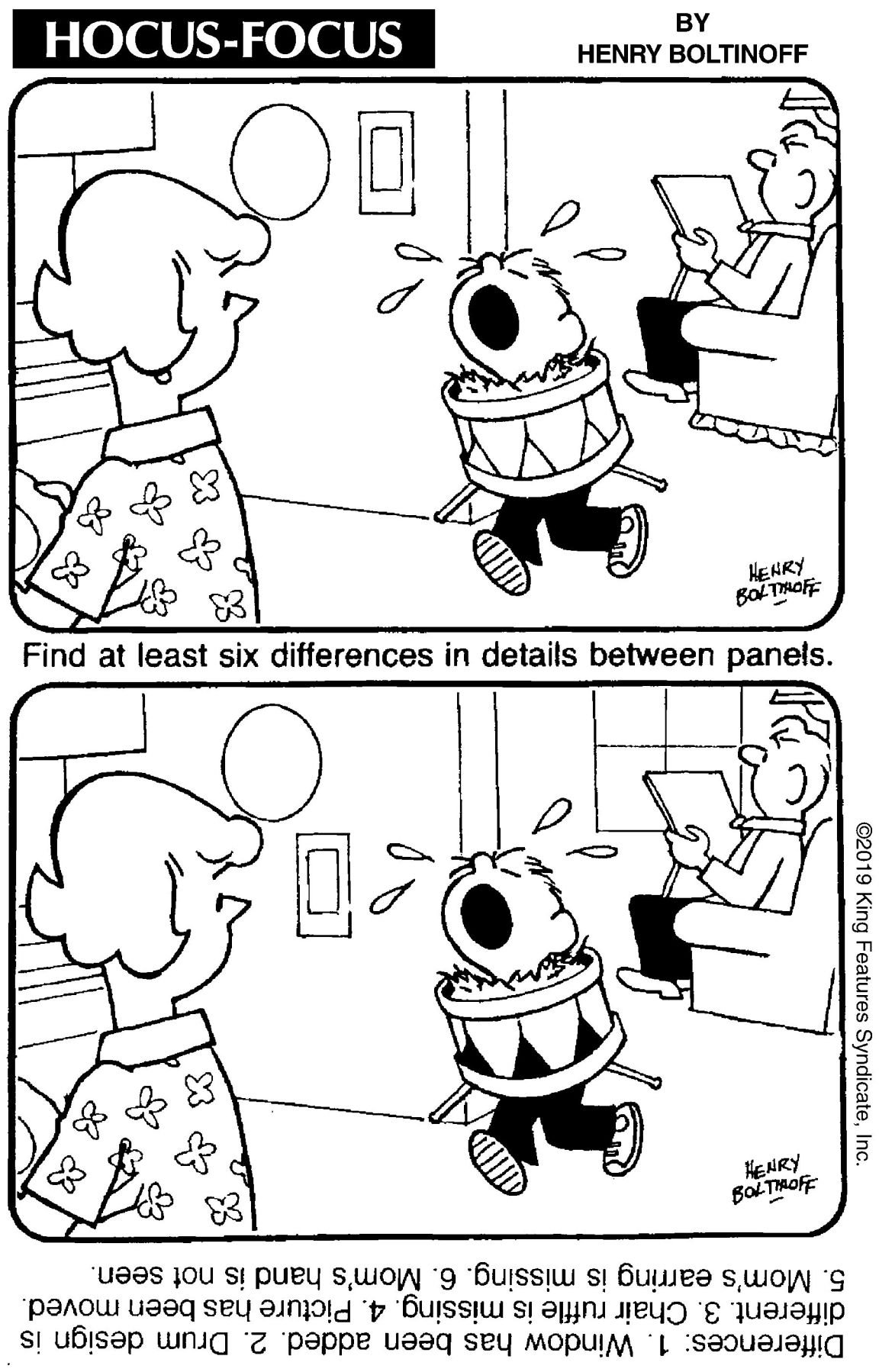
If you want it to be fully automatic - so you can rely on it being in focus without looking at the viewfinder, that's a different matter - how will the Arduino know what the desired range is? But I suspect a servo should be adequate unless you want very high precision of the focus ring position. I'm sure some sort of servo setup would be adeqate.
#HOCUS FOCUS WIRELESS FOLLOW FOCUS FULL#
If you are doing it by eye then I don't see the need for much precision in the system as long as you can be sure it can turn the focus ring through it's full range. I'm still not clear from your comments whether you determine "in-focus" manually (by eye - eyeally?) or whether you want the system to "know" that it must turn to (say) 175deg for a focus of 6ft.
#HOCUS FOCUS WIRELESS FOLLOW FOCUS SOFTWARE#
Students will quickly notice the change and stop what they were doing.Commercial stuff could use any sort of motor because it's worth their while spending money on system design and software to save a few pennies in the cost of the hardware. When your other attention-getting signals haven’t worked, walk to the light switch and begin flipping the switches down one at a time. This was always my last resort option and used during activities where a lot of talking and movement was needed. When you stand closer to these students, they are more likely to stop what they were doing and start paying attention. If you have only one or two students who aren’t paying attention, start moving closer to those individuals. Wow! Did you see the way Javonn immediately stopped what he was doing to listen to directions?.Kalani, thank you for coming to the carpet quickly, quietly, and safely.I see that Javier is sitting quietly, ready to learn.If you’ve asked your students to do something and the majority aren’t on track, start praising and thanking those who are ready. This works really well with younger students. When the chart is complete, celebrate that success before starting a new goal.

For every time students beat the timer, they can fill in a box or icon on their goals chart.

You can also tie this in to a classroom goal. If students beat the timer, reduce the amount of time the next time you use it. Let the time run down to zero, only stopping the timer if students are silent before it goes off. Let students know you are starting the timer ( You have 10 seconds to…). Using a timer takes the focus off you, yet still holds students accountable. You can use a bell, chime, wireless doorbell, or another small instrument or noisemaker. To help save your voice, having a special sound can get your students’ attention very quickly. There are so many you can use, but here are a few examples: Similar to the clapping pattern, using a call and response or a special chant can be an effective attention getter. When students see the teacher move to this spot, they know it’s time to settle down and start listening. Designated SpotĬhoosing a designated speaking spot in the classroom can be a great visual. Students begin to quiet down out of curiosity. However, using a whisper can be just as effective. Often, the first thought is to speak louder so you can be heard over the rest of the noise. When students are all talking, the noise level increases quickly. This can be done 1, 2, or 3 times (or as many as it takes until all students are focused and on-track). Students immediately repeat the pattern back.

Simply clap out a pattern with your hands. This is a great attention getter to use when you are losing your voice.

As you countdown, students focus on five things: Countdownįor this, raise your hand and say, “Give me 5…4…3…2…1”. Here are some ideas I have used in my own classroom. Using an attention-getter in the classroom is most effective when it is taught, modeled, and practiced regularly.


 0 kommentar(er)
0 kommentar(er)
